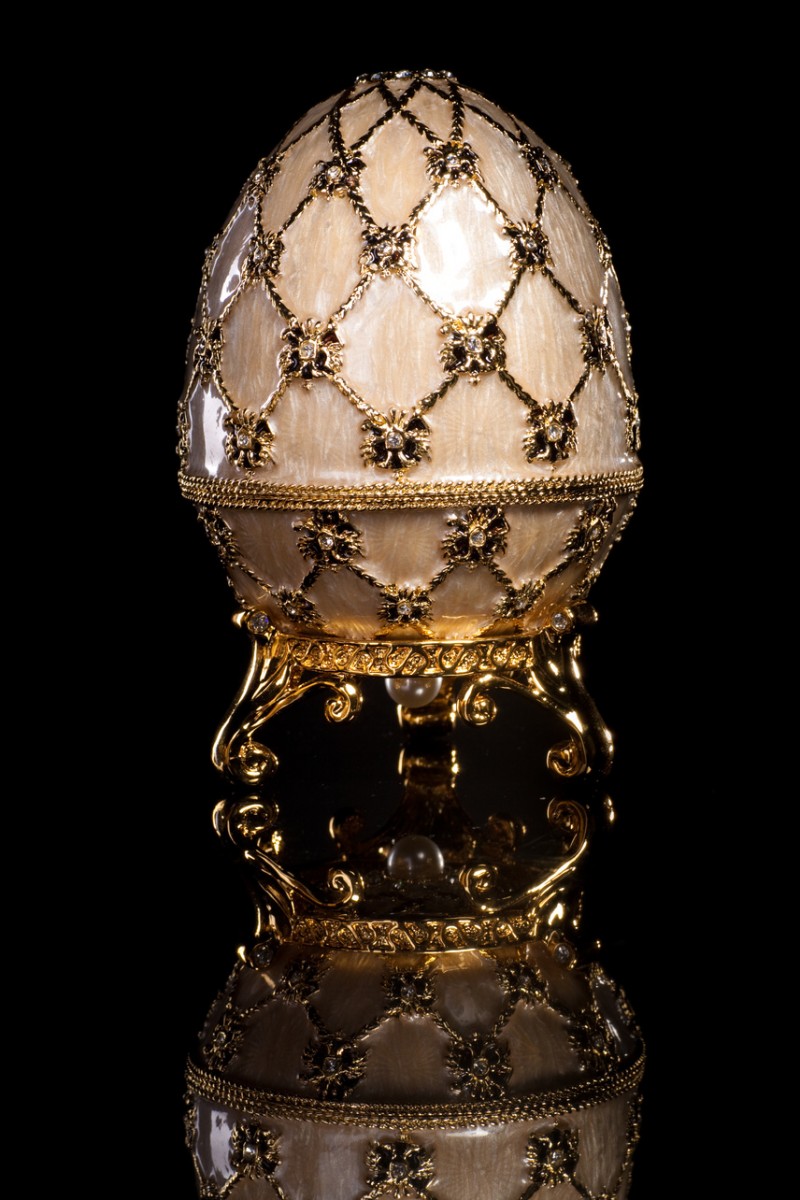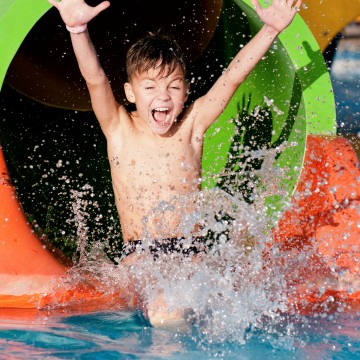MY MOSCOW EXTRA
Study the list of air companies, by which people go to Moscow. Name the countries of these air companies. Use the Internet to find the answer if necessary. Match the names of international air companies with the numbers of the countries as on the map.

| 1 Great Britain | |
| 2 France | |
| 3 Germany | |
| 4 Czech Republic | |
| 5 Portugal | |
| 6 Turkey | |
| 7 Greece | |
| 8 Italy | |
| 9 Finland | |
| 10 Switzerland | |
| 11 Spain | |
| 12 Belgium |
Describe for your English-speaking friend the air route of your choice to go on a tour to some place abroad. Record your answer.
Remember to:
- greet your English-speaking friend
- say what you are going to talk about
- give the name of the place (destination) that you would like to visit
- explain why you would like to visit the place of your choice
- tell your friend what you know about this place (your destination)
- explain from where or whom you learned about the place
- thank your friend for being with you and say good-bye.

Записать ответ.
Read about the Egg house. Complete the gaps in the text by dragging and dropping the words in the right place.
In Moscow, at 1/11 Mashkova Street there is the only house in the world in the shape of an . Some historians say that at first, the architect wanted to build this house in Bethlehem – a famous city in the Middle East. The architect wanted to build a where the mothers give birth to their . Finally, the architect built this house in Moscow. This building is a copy of a Faberge egg – beautiful pieces of . Peter Faberge made nearly 70 jewelry eggs as for the Russian emperors. Now these eggs are in the best and collections around the world. The Egg house looks like a real egg. The house is and the egg is oval too. Faberge eggs are colored and the house is colored too. The house is white and red. Faberge eggs are in colors. No one has in this house. Many people come to see it and to the sight. Nobody knows what is inside the house. It is a .
Look at the pictures.


Now, write an email to your English-speaking friend and share your impressions of the two pictures.
Dear ,
I have recently seen a very unusual .
Just imagine. The house looks like
It is . It is . It is .
At first, the architect wanted .
Then he .
When I saw this house, I remembered .
I saw in the Kremlin Armory Chamber*. Faberge eggs are . A famous Russian jewelry maker Peter Karl Faberge .
No person . Muscovites and tourists from many countries .
It is interesting that nobody .
When I saw this house, I decided .
Write back what you think of that I have attached (прикрепил) to my email.
Yours,
(name)
* Kremlin Armory Chamber – Оружейная палата в Кремле.
Read about the Moscow museum of archeology. Then drag and drop the words to fill the gaps in the text.
The Moscow museum of opened in 1997 in Manezhnaya square. The museum is 7 deep under the earth. It is in the place of archeological . There are educational and activities for schoolchildren in this museum. When the children visit the museum, they find themselves in the of the 17-18th century. They see an old over the river Neglinnaya. Today you cannot see this river because is flows in the under the ground. The children can see the Russian , with which people fought against the enemies. They see other interesting things, such as plates, jugs and women’s . Many children like shows in the museum about the life of Russian people in the old times. Children come to the museum to study Russian . In summer, they take part in excavations.
Match the questions about the history of Moscow with the answers to these questions by dragging and dropping the answers next to the questions.
|
1 Where does the name of Moskva (Moscow) come from? |
|
|
2 In what year did the name of Moscow first appear in documents? |
|
|
3 Who ordered the building of the first wall around Moscow? |
|
|
4 When did the capital of Russia move from Moscow to St. Petereburg? |
|
|
5 When did Moscow become the capital again? |
|
|
6 What happened to the Moscow metro during the Great Patriotic War? |
|
|
7 On what date and where did the Victory Parade take place in 1945? |
Tell your English-speaking friend some historical facts about Moscow. Record your answer. Remember to greet your friend in the beginning, and in the end to say that you hope your friend liked your story and to say good-bye. Answer questions and use the internet for more information:
- What are you going to speak about?
- Where does the name of Moscow come from?
- Where can schoolchildren learn about the history of Moscow?
- How can children learn history of Moscow in the museum of archeology?
- In what year did the name of Moscow first appear in the documents?
- Where is the Moscow museum of archeology?
- What happened to the Neglinnaya river in Moscow?
- Who built the first Moscow fortress?
- Why did the Russian capital move to St. Petersburg?
- Why did Moscow metro work during the Great Patriotic War?
- Why did Victory Parade take place on 24 Jun 1945 but not on 9th May?

Записать ответ.
Learn about a school in Moscow where schoolchildren organized a charity bazaar (благотворительная ярмарка).
Read the information and tick  the sentences that tell about the reasons, the purpose and the result of the school charity bazaar in one of the Moscow schools.
the sentences that tell about the reasons, the purpose and the result of the school charity bazaar in one of the Moscow schools.

|
1. In one of the Moscow schools a pupil fell seriously ill. |
|
|
2. The children and the parents of this school wanted to help the pupil. |
|
|
3. They decided to organize a charity bazaar in their school. |
|
|
4. They wanted to collect money for medical treatment. |
|
|
5. The preparation for the bazaar took a month. |
|
|
6. Schoolchildren, teachers and parents prepared things for the bazaar. |
|
|
7. They wanted to sell the things and to give the money to the pupil’s parents. |
|
|
8. They cooked sweet biscuits, made toys, drew pictures, and knitted socks. |
|
|
9. The “buyers” and the “sellers” sold and bought things. |
|
|
10. They did not use money. They “paid” special checks. |
|
|
11. Each thing cost one check and each check cost ten rubles. |
|
|
12. The parents paid for the treatment and soon the sick pupil was healthy again. |
Answer the questions of your English-speaking friend about an interesting event in your school. Record your answer.
Hello! You once told me that there was an interesting event in your school. Tell me more about it.
What event happened in your school?
Why did you have this event in your school?
When did it happen?
Who organized the event?
Who took part in it?
What did you do in this event?
What did you like most of all?
Now, you may ask me about an interesting event in my school in England.
Learn more about some famous streets and squares in Moscow.
Learn about some streets and squares in Moscow. What makes these streets and squares special? Fill in the gaps in the sentences with the words from the list. Use one word two times:
biggest, oldest, shortest, beautiful, widest, longest
1. The most streets in Moscow are Arbat, Nikolskaya and Kamergersky lane.
2. The square in Moscow is Red Square.
3. The square is Kathedral Square in Kremlin.
4. The street in Moscow and in whole Russia is Leninsky Prospekt
5. The straight street in Moscow is Warshavsky Shosse (highway).
6. The circle street in Moscow is MKAD (Moscow Ring Road).
7. The street in Moscow is Venetsianov street, which is only 48 meters long.
Write an email to your English-speaking friend to tell him/her about Moscow – your city! Remember to:
- address and greet your friend;
- thank your friend for the letter that you have received;
- write what you are going to tell your friend about;
- say why you are going to write about Moscow;
- describe the most beautiful, biggest, oldest, widest, longest and shortest streets and squares;
- add details about Red Square (the center of the biggest country in the world, the meaning of the word “red”, which is not only the word for color but “beautiful”);
- share what places you have already visited in Moscow;
- invite your friend to visit Moscow and advise the best places to visit;
- write that you hope to get more letters from your friend;
- say good-bye and write your name.
Learn about fantastic experience in Moscow.
Read about the Moscow water parks for children and match the attractions with the pictures.






|
1. Swimming pool is where children swim, dive and enjoy other activities. |
|
|
2. Water slide is where children ride down a waterfall and slide into the swimming pool. |
|
|
3. Tube slide is where children ride down a waterfall in the tube and slide into the water. |
|
|
4. Splash pad is where there is little water and the children have fun splashing water around |
|
|
5. Lazy river is where water flows slowly and the children ride along in small boats or on rafts. |
|
|
6. Water park surfing is where children can learn how to surf on the waves. |
Place entertainments in the Moscow water parks in order of your preference by dragging and dropping the words next to numbers.

|
1. |
|
| 2. |
|
| 3. |
|
| 4. |
|
| 5. |
|
| 6. |
|
| 7. |
|
| 8. |
|
| 9. |
|
Send an audio message to your English-speaking friend and describe your visit to a water park. Record your answer. Remember to greet your friend in the beginning and in the end to say that you hope your story was interesting and to say good-bye. In your message answer the following questions:
- What are you going to speak about?
- What water park have your visited?
- Where is this water park in Moscow?
- What entertainments were there?
- Which entertainment did you like most of all (more than others)?
- How did you feel after your visit to the water park?
- Why would you like to go to the water park with your English-speaking friend when he/she visits Moscow?
- What would you like to learn from your English-speaking friend about water parks in his/her country?